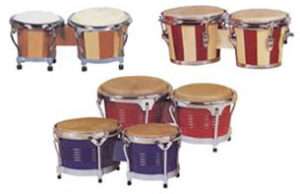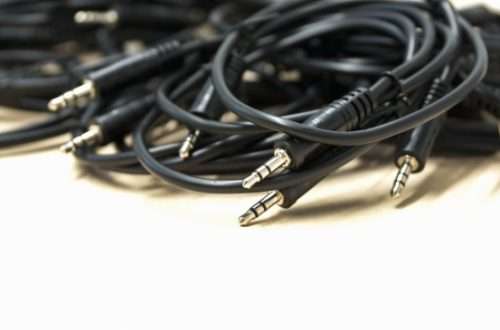
Bongo History
In the modern world, there are many varieties of percussion instruments. By their appearance, they remind of their distant ancestors, but the purpose is somewhat different than thousands of years ago. Mentions of the first drums were found not so long ago. In South African caves, images were found on which people were drawn hitting objects, reminiscent of modern timpani.
Archaeological excavations confirm the fact that the drum, as such, was used mainly to transmit messages over long distances. Later, evidence was found that percussion was also used in the rituals of shamans and ancient priests. Some tribes of the natives still use drums to perform ritual dances that allow you to enter a state of trance.
Origin of Bongo Drums
There is no exact and irrefutable evidence about the homeland of the instrument. The first mention of it dates back to the beginning of the 20th century.  He appeared in the province of Oriente on the island of freedom – Cuba. The Bongo is considered to be a popular Cuban instrument, but its connection with South Africa is very clear. After all, in the northern part of Africa there is a drum very similar in appearance, which is called Tanan. There is another name – Tbilat. In African countries, this drum has been used since the 12th century, so it may well be the progenitor of Bongo drums.
He appeared in the province of Oriente on the island of freedom – Cuba. The Bongo is considered to be a popular Cuban instrument, but its connection with South Africa is very clear. After all, in the northern part of Africa there is a drum very similar in appearance, which is called Tanan. There is another name – Tbilat. In African countries, this drum has been used since the 12th century, so it may well be the progenitor of Bongo drums.
The main argument in favor of the origin of Bongo drums is based on the fact that the population of Cuba is heterogeneous in terms of ethnic roots. In the 19th century, the eastern part of Cuba was inhabited by a significant part of the black population, originally from North Africa, in particular from the Republic of the Congo. Among the population of the Congo, the two-headed drums of the Congo were widespread. They had a similar appearance in design with only one difference in size. Congo drums are much larger and produce lower sounds.
Another indication that North Africa is related to Bongo drums is their appearance and the way they are attached. The traditional Bongo construction technique uses nails to secure the skin to the body of the drum. But still, some differences are present. The traditional Tbilat is closed on both sides, while the Bongos are open at the bottom.
Bongo construction
Two drums combined together. Their sizes are 5 and 7 inches (13 and 18 cm) in diameter. Animal skin is used as a shock coating. The impact coating is fixed with metal nails, which makes them related to the family of North African Congo drums. An interesting feature is that drums are differentiated by gender. The larger drum is female, and the smaller one is male. During use, it is located between the knees of the musician. If the person is right-handed, then the female drum is directed to the right.
Modern Bongo drums have mounts that allow you to fine-tune the tone. Whereas their predecessors did not have such an opportunity. A feature of the sound is the fact that the female drum has a lower tone than the male drum. Used in various styles of music, in particular Bachata, Salsa, Bosanova. Subsequently, Bongo began to be used in other directions, such as Reggae, Lambada and many others.
A high and readable tone, rhythmic and accelerated drawing are the distinguishing features of this percussion instrument.





